Drought Basics
Drought is generally defined as “a deficiency of precipitation over an extended period of time (usually a season or more), resulting in a water shortage.”
As the different definitions at right illustrate, though, drought can be difficult to define—so difficult, in fact, that in the early 1980s researchers found more than 150 published definitions of drought, reflecting differences in regions, needs, and approaches.
Some drought definitions are conceptual—an idea or concept—which can be important in establishing drought policy. Others are operational, describing how drought functions or operates in ways that can be measured (NDMC).
To learn about how these definitions can be used in drought communication, visit our Communicating About Drought page.
Merriam-Webster Dictionary: "A period of dryness especially when prolonged."
American Meteorological Society: “A period of abnormally dry weather sufficiently long enough to cause a serious hydrological imbalance.”
NOAA’s National Weather Service: “A deficiency of moisture that results in adverse impacts on people, animals, or vegetation over a sizeable area.”
Types of Drought
To help with drought classification and monitoring, scientists have defined several types of drought:

Meteorological Drought
When dry weather patterns dominate an area.

Hydrological Drought
When low water supply becomes evident in the water system.
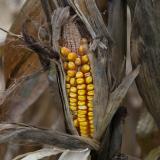
Agricultural Drought
When crops become affected by drought.
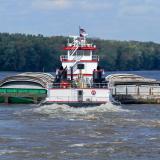
Socioeconomic Drought
When the supply and demand of various commodities is affected by drought.
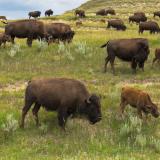
Ecological Drought
When natural ecosystems are affected by drought.
Drought is the absence of precipitation, rather than the presence of an event such as a hurricane, tornado, or fire. It's often described as a “creeping phenomenon” because it slowly impacts many sectors of the economy and operates on many different timescales.
Just as drought is difficult to define, it’s also difficult to predict and monitor—particularly when marking the beginning and end of a period of drought.
Drought’s effects also vary from region to region. Due to climatic differences, what might be considered a drought in one part of the country may not be a drought somewhere else.
Examples of Drought Impacts
Drought can lead to a wide range of environmental, social, and economic impacts. Below are just a few examples of the far-reaching consequences of drought.
Agriculture
Drought can reduce the water availability and quality necessary for productive farms, ranches, and grazing lands. It can also contribute to insect outbreaks, increases in wildfire, and altered rates of carbon, nutrient, and water cycling—impacting agricultural production and critical ecosystem services.
Transportation
Drought impacts port and waterway transportation and supply chains, resulting in increased transportation costs. Higher temperatures that coexist with drought can impact roads, airport runways, and rail lines.
Wildfire
Drought can be a contributing factor to wildfire. Dry, hot, and windy weather combined with dried out (and more flammable) vegetation can increase the probability of large-scale wildfires.
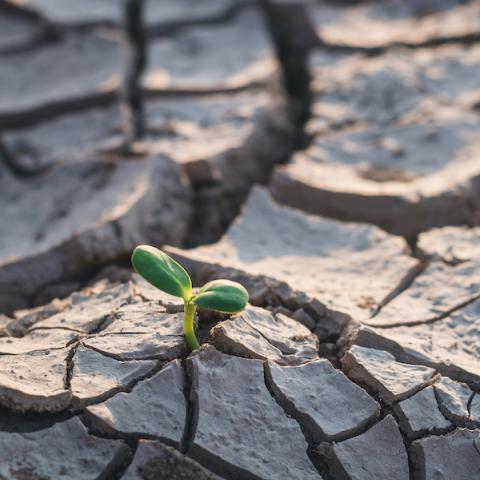
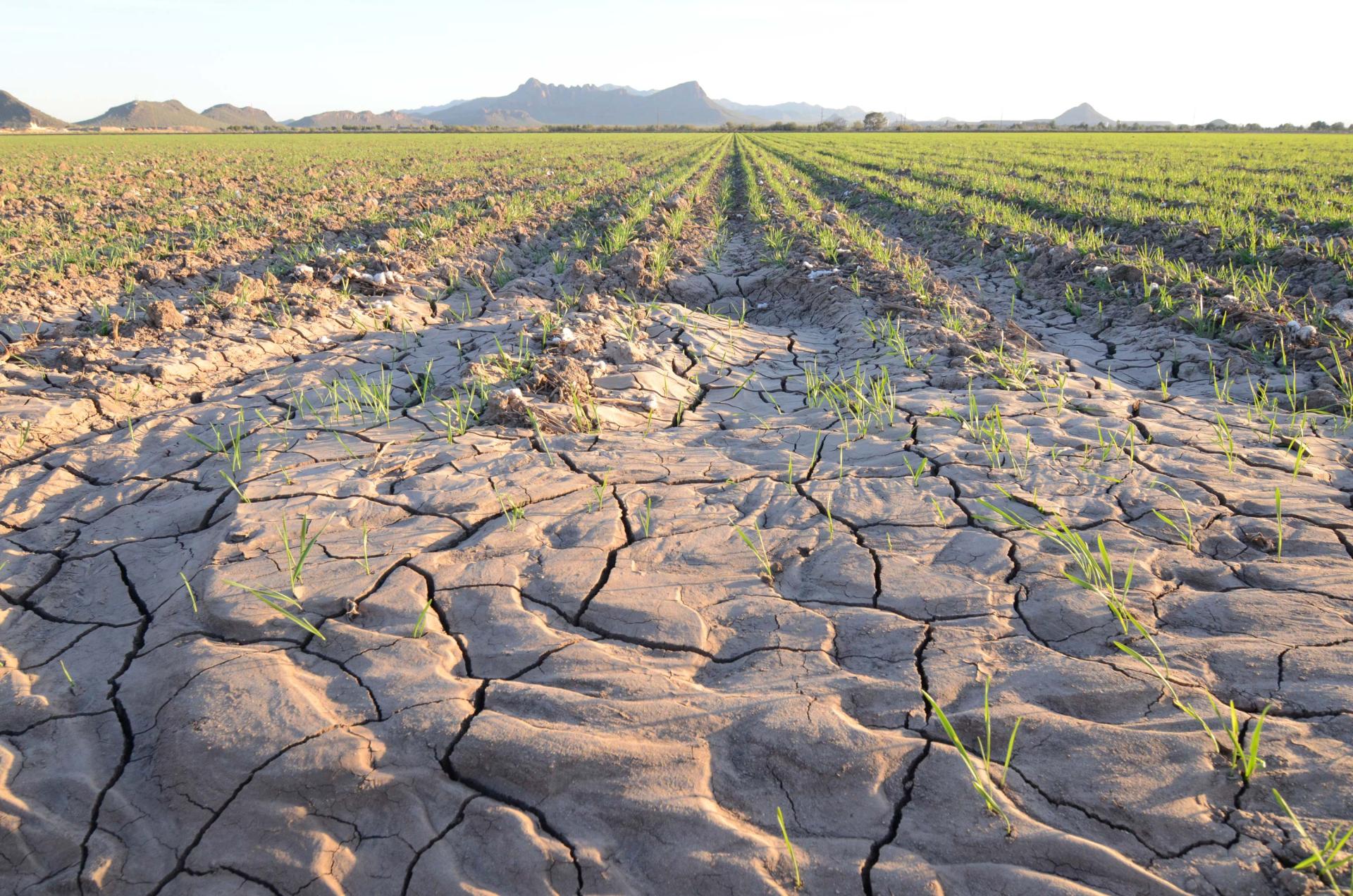
Related Content
Research & Learn | Short- vs. Long-Term Drought
Short- and long-term droughts differ in the timescales over which they occur, their impacts, and their monitoring.
Research & Learn | Ecological Drought
Healthy ecological systems support every form of life, and drought can alter or degrade critical ecosystem functions and services.
Research & Learn | Flash Drought
Flash droughts can cause extensive damage to agriculture—and economies—if they are not predicted and discovered early.
Research & Learn | Snow Drought
The impacts of snow drought are widespread, affecting ecosystems, reservoir levels and operations, water resource management, tourism, and winter recreation.
Research & Learn | Historical Drought
The “Dust Bowl” drought of the 1930s is still the most significant meteorological and agricultural drought in the United States’ historical record.
Research & Learn | Monitoring Drought
Drought monitoring at the national, regional, and local levels is an integral part of drought early warning, planning, and mitigation.

